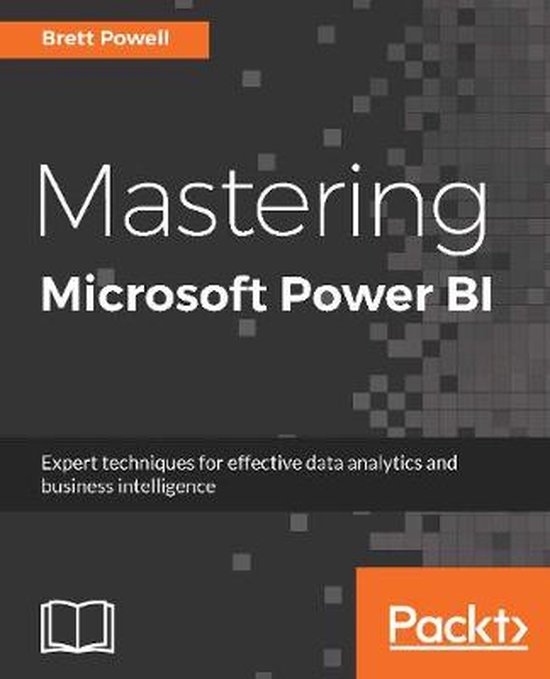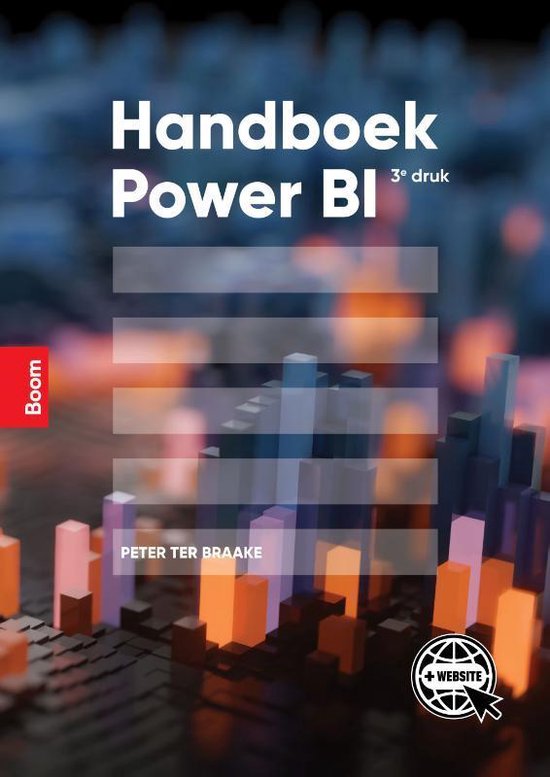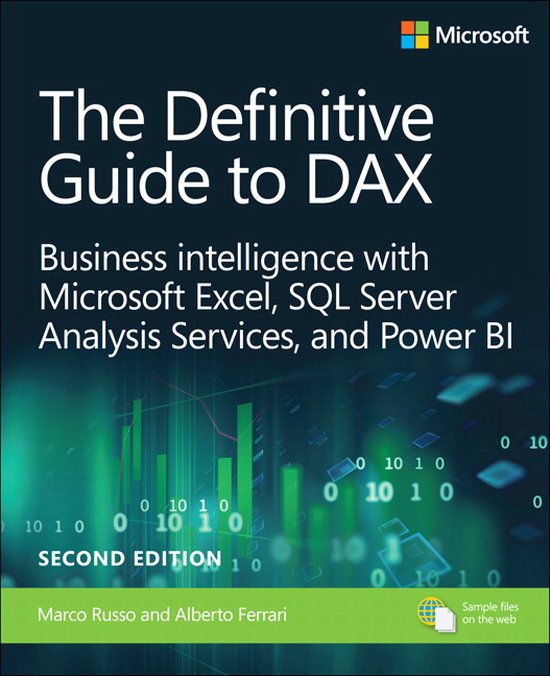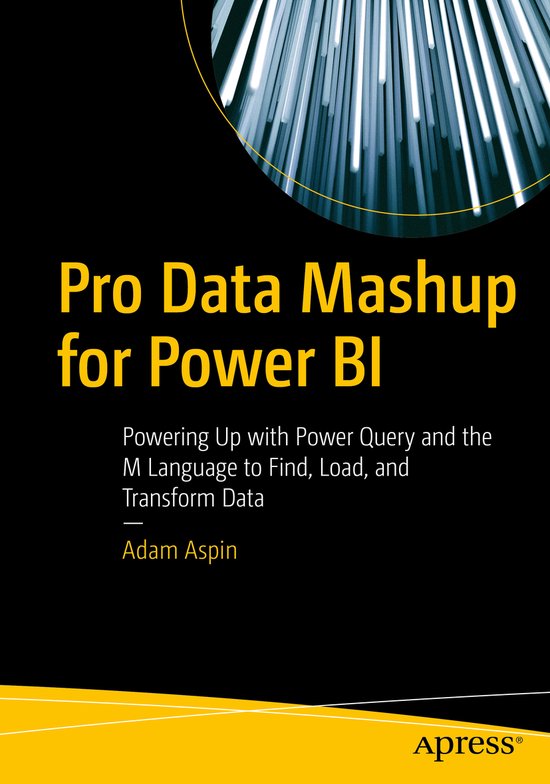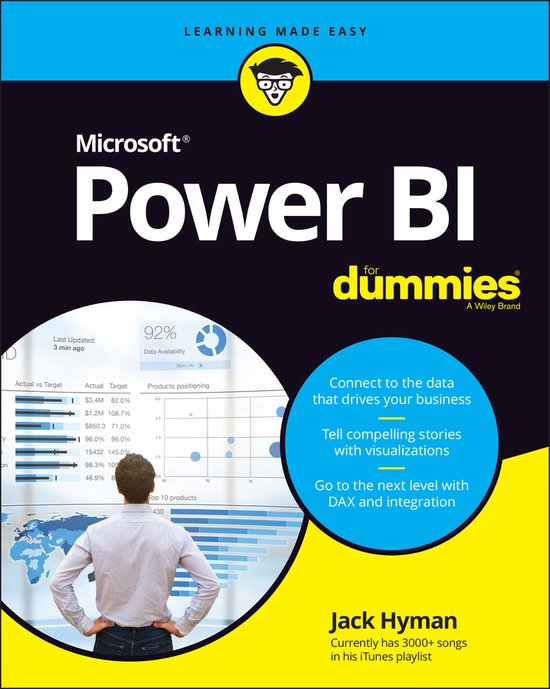
Pro Power BI Architecture
This book provides detailed guidance around architecting and deploying Power BI reporting solutions, including help and best practices for sharing and security. You’ll find chapters on dataflows, shared datasets, composite model and DirectQuery connections to Power BI datasets, deployment pipelines, XMLA endpoints, and many other important features related to the overall Power BI architecture that are new since the first edition.
You will gain an understanding of what functionality each of the Power BI components provide (such as Dataflow, Shared Dataset, Datamart, thin reports, and paginated reports), so that you can make an informed decision about what components to use in your solution. You will get to know the pros and cons of each component, and how they all work together within the larger Power BI architecture.
Commonly encountered problems you will learn to handle include content unexpectedly changing while users are in the process of creating reports and building analyses, methods of sharing analyses that don’t cover all the requirements of your business or organization, and inconsistent security models. Detailed examples help you to understand and choose from among the different methods available for sharing and securing Power BI content so that only intended recipients can see it.
The knowledge provided in this book will allow you to choose an architecture and deployment model that suits the needs of your organization. It will also help ensure that you do not spend your time maintaining your solution, but on using it for its intended purpose: gaining business value from mining and analyzing your organization’s data.
You will:
- Architect Power BI solutions that are reliable and easy to maintain
- Create development templates and structures in support of reusability
- Set up and configure the Power BI gateway as a bridge between on-premises data sources and the Power BI cloud service
- Select a suitable connection type—Live Connection, DirectQuery, Scheduled Refresh, or Composite Model—for your use case
- Choose the right sharing method for how you are using Power BI in your organization
- Create and manage environments for development, testing, and production
- Secure your data using row-level and object-level security
- Save money by choosing the right licensing plan
This book provides detailed guidance around architecting and deploying Power BI reporting solutions, including help and best practices for sharing and security. You’ll find chapters on dataflows, shared datasets, composite model and DirectQuery connections to Power BI datasets, deployment pipelines, XMLA endpoints, and many other important features related to the overall Power BI architecture that are new since the first edition.
You will gain an understanding of what functionality each of the Power BI components provide (such as Dataflow, Shared Dataset, Datamart, thin reports, and paginated reports), so that you can make an informed decision about what components to use in your solution. You will get to know the pros and cons of each component, and how they all work together within the larger Power BI architecture.
Commonly encountered problems you will learn to handle include content unexpectedly changing while users are in the process of creating reports and building analyses, methods of sharing analyses that don’t cover all the requirements of your business or organization, and inconsistent security models. Detailed examples help you to understand and choose from among the different methods available for sharing and securing Power BI content so that only intended recipients can see it.
The knowledge provided in this book will allow you to choose an architecture and deployment model that suits the needs of your organization. It will also help ensure that you do not spend your time maintaining your solution, but on using it for its intended purpose: gaining business value from mining and analyzing your organization’s data.
What You Will Learn
- Architect Power BI solutions that are reliable and easy to maintain
- Create development templates and structures in support of reusability
- Set up and configure the Power BI gateway as a bridge between on-premises data sourcesand the Power BI cloud service
- Select a suitable connection type—Live Connection, DirectQuery, Scheduled Refresh, or Composite Model—for your use case
- Choose the right sharing method for how you are using Power BI in your organization
- Create and manage environments for development, testing, and production
- Secure your data using row-level and object-level security
- Save money by choosing the right licensing plan
Who This Book Is For
Data analysts and developers who are building reporting solutions around Power BI, as well as architects and managers who are responsible for the big picture of how Power BI meshes with an organization’s other systems, including database and data warehouse systems.| Auteur | | Reza Rad |
| Taal | | Engels |
| Type | | Paperback |
| Categorie | | Computers & Informatica |

